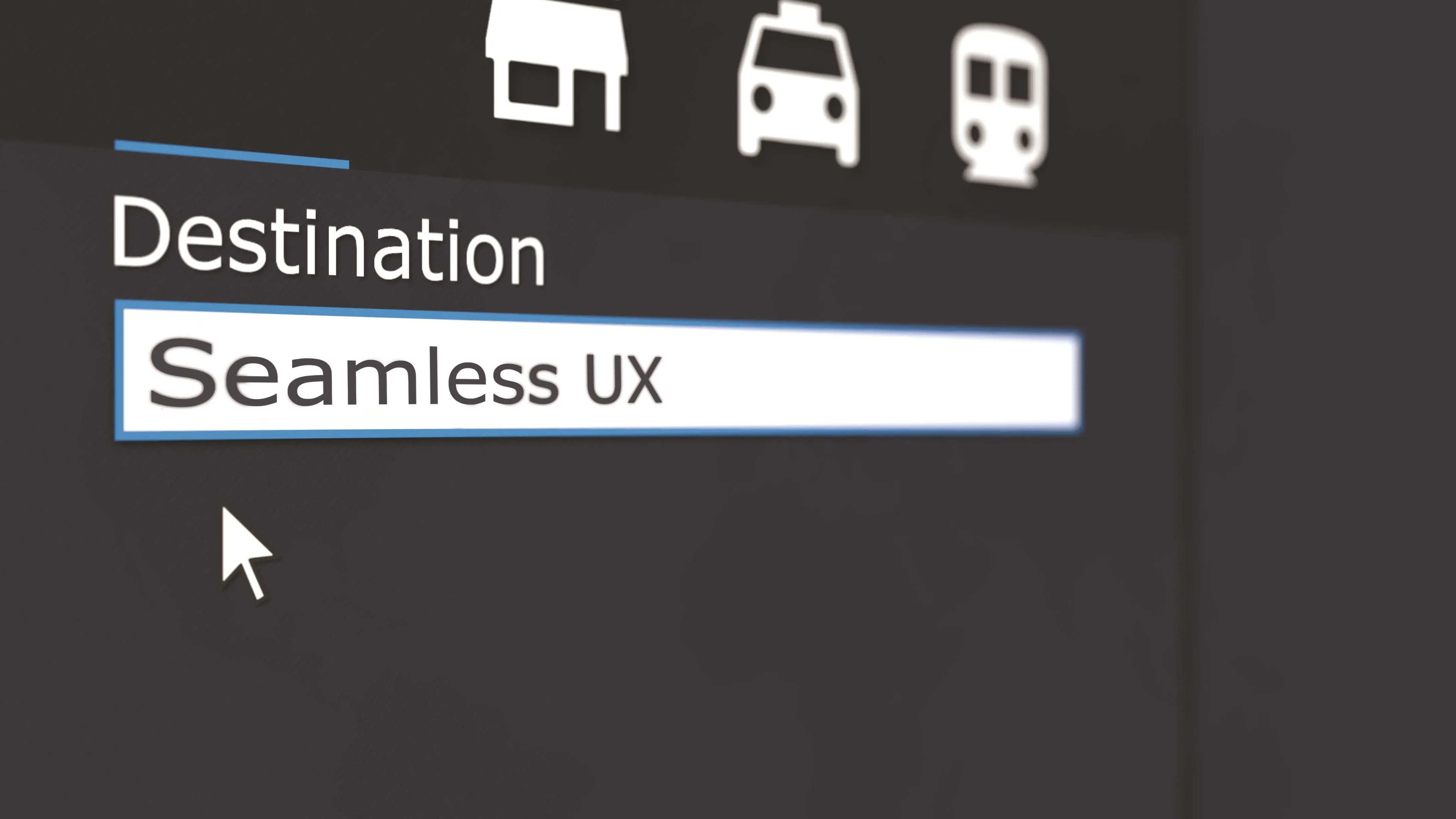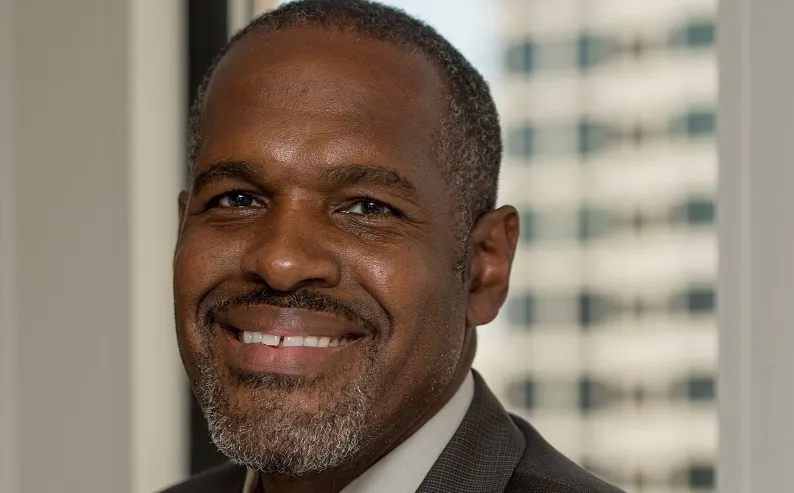
A convergence of finance and economics, information technology and a shifting vehicle fleet is propelling road usage charging (RUC) to the top of the transportation policy agenda.
The basic concept is age-old, and rings a very familiar note to anyone who has ever administered or paid a toll on a highway, bridge or tunnel: you pay for the roads you use, and if you use more, you pay your share. But the relatively recent rise of RUC has been driven by a combination of shining opportunity and increasingly dire need:
• The availability of technologies that offer a menu of charging options to reflect different customers’ appetites for innovation and concerns about privacy
• A highway funding crisis brought on by the accelerating erosion of more traditional gas tax revenues.
For Patrick Jones, executive director and CEO of the International Bridge, Tunnel and Turnpike Association (IBTTA), the fundamental impetus behind RUC is financial. “We are seeing a shift from petroleum-powered vehicles to electric and hybrid mobility, which is great for the environment but bad for the US Highway Trust Fund,” he said. “So whether you want to call it RUC, vehicle miles travelled or a mileage-based usage fee, this is why it has to be a focus. The vehicle fleet is changing, it’s moving away from petroleum fuels, and we need another way to pay for our roads.”
With gasoline taxes as the most common underpinning for highway funding and financing in many jurisdictions, some RUC practitioners see a mile or kilometre-based system as the best option to ensure that all drivers pay their fair share, regardless of vehicle type - while transforming and maintaining the long-term financing system that delivers highway mobility in many parts of the world.
Bringing customers along
Like any other transportation funding tool, road usage charges succeed when customers have a clear understanding of how it works, what they’re paying - and why. Jones said the 12 pilot projects run in the US have put a heavy accent on education.
The first issue is invariably that “people are concerned about privacy, so most if not all of the pilots have multiple options for people to participate to match their own particular privacy concerns”.
But beyond that basic, almost universal concern, education is key. “People don’t know how they pay for roads - they just don’t,” he says. “So we need to educate the public about how roads are funded now, to help them better understand and appreciate how RUC works.”
And that leads into a fundamental education issue that RUC and tolling have in common. “There are no free roads,” Jones stressed. “And roads are never fully paid for. Perhaps one of the best things about services like Netflix and HBO is that they get people into the notion of a subscription. You can’t just slap down $100 and get Netflix for the rest of your life. It’s $12 or $24 per month. Roads are the same way, and a road usage charge encapsulates that whole way of looking at the world.”
Steve Morello, a partner with D’Artagnan Consulting, helped lead a 12-month RUC pilot in Washington State. He says education was a constant priority throughout the year - and it often came down to myth-busting.
“We kept having to answer the myth of the urban-rural divide,” he recalls. “Rural people have believed from day one that they will pay more to drive on the roads than they do now. Even after a 12-month pilot, people in some parts of the state still think rural drivers will be taken for a ride, and it’s just not true.”
Pilot projects
With a series of state-level pilots funded by the US Surface Transportation System Funding Alternatives (STSFA) programme, transport system operators are taking away lessons learned from a wide collection of RUC experiments. Mileage Based User Fee Alliance (MBUFA) executive director Barbara Rohde sees that diversity as one of the burgeoning US RUC community’s biggest assets.
“We have a lot of different pilots going on around the nation that are providing us with a lot of good, general information we can draw upon to look toward a national pilot,” she said. “We’re very large and diverse, and as we begin this potential national effort, we’ve really got to draw on what can work, rather than just trying to assume that what works in one state will work everywhere.”

Rohde also counselled against underestimating the time and effort involved. “You need four years,” she said. “A year to set it up, at least 12 to 18 months to run the trial, then a year to evaluate.”
Jones and Rohde both see RUC and tolling as separate, complementary paths to the same endpoint: a highway system that is well enough funded and managed to ensure safe, reliable mobility for every user. The main difference, they said, is between a system charge destined to replace the gas tax and a payment devoted to one highway facility.
“Usually, tolling is to pay for a specific road or bridge,” Rohde said. “A mileage-based user fee is meant to be the new funding device for the nation. It would be much more comprehensive than tolling, and that’s a key difference.”
“Tolling is a facility charge,” Jones agrees. “You pay your tolls, and they pay for debt service, as well as operation and maintenance of the facility and developing a reserve for future capital expenditure.”
Meanwhile, just as variable pricing is emerging as a key congestion management tool, Jones foresees a day when RUC will serve a similar function.
“RUC is more of a system charge,” he said. “However, as more and more people talk about RUC in their various projects, they see the possibility of using it for pricing.”
National trial
As the results of the state pilot projects roll in, attention is beginning to turn to whether and when the US Congress could put its imprimatur on a national RUC trial.
“First, it has to be included in a national piece of legislation,” Rohde said. “It has to be a directive from Congress that they want to try it.” After that, the two main ingredients for a successful programme will be front-line participation and federal money.
“We’ll have to figure out the best means to bring states, localities and metropolitan planning organisations onboard,” she added. But the technology “is not the question at this point…The questions to be answered are on the policy side.”
In April, MBUFA released a set of guidelines that identified a clear purpose and intent, guidance from a national expert body, user education, national guidelines for states and a national data standard as preconditions for a successful national trial.
Jones said he has been heartened to hear senior elected officials from both political parties mentioning RUC. “It’s great progress when politicians on both sides of the aisle acknowledge that RUC is an option, and that we’re going to need to go there,” he said. “That is not to say that we’re going to go there quickly, but it’s an important first step to name it as an issue.”










